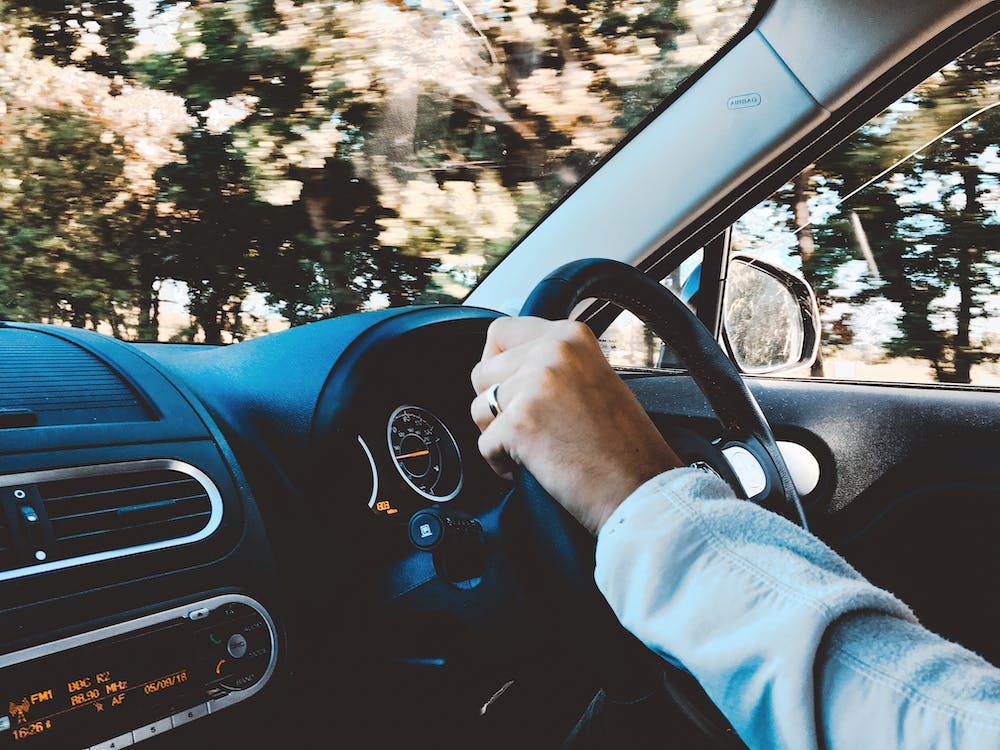Every day, people get into car accidents. These auto accidents range from fender benders to multi-car pile-ups and everything in between. They are an unfortunate part of life that happens far too often. When an accident occurs, the other driver is often at fault because they were either speeding or caused the accident somehow. In most cases, the injured party is also usually at fault for driving recklessly and causing the accident. There needs to be a way to determine who is at fault and who will be liable for the damages. It can sometimes be difficult because the driver has a defense that they were not the one in control of their vehicle. It was the owner. Based on this, the owner of a car may be liable for damages in an accident even if they were not driving.
The Issue of Owner and Driver Liability
There are two factors to consider when determining liability:
- Negligence
- Causation
The person that caused the accident is responsible for all damages, no matter how big or small. The second factor, negligence, determine how much of those costs each party is liable for. The two elements in this example are usually conflicting. For instance, if a person is speeding and causes an accident, they are more likely to be found negligent than the driver who was not speeding.
On the other hand, it is more likely that the slower driver would have been the one at fault in a collision. The reason for this is because of causation. In most crashes, an outside force was responsible for starting it. If there is no physical evidence of external pressure or a mechanical failure, there was no accident and no need for damages to be paid out by anyone at fault. It means that the driver who caused the crash will have to pay for all damage regardless of whether or not they caused it. The driver has no defense because they were the one at fault.
On the other hand, if a driver caused an accident, but it was not their fault due to some outside force, they should not be liable for any damages. The car accident lawyers will go in and try to convince the jury that the other party was negligent and that it was their fault instead; however, if there is no proof of negligence by either party, the jury will have to decide who will pay out damages. If a driver is found to be more negligent than their owner, they will have to pay more money even though they were not actually driving when the accident happened.
The owner can be liable if they drove the auto when the accident occurred. One type of driver liability law would hold an owner responsible for driver negligence if the owner operated their vehicle when an accident occurred. The injury, pain, and suffering caused would also be considered worker’s compensation claims and not a personal injury case against the auto owner. If there were some speed differential between drivers in the collision, it would be up to the judge or jury to determine who was actually at fault in this scenario. Visit this website for more information on who is liable and how damages are paid in a car accident.
